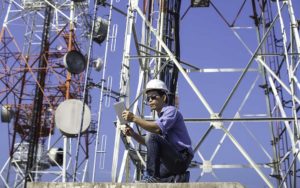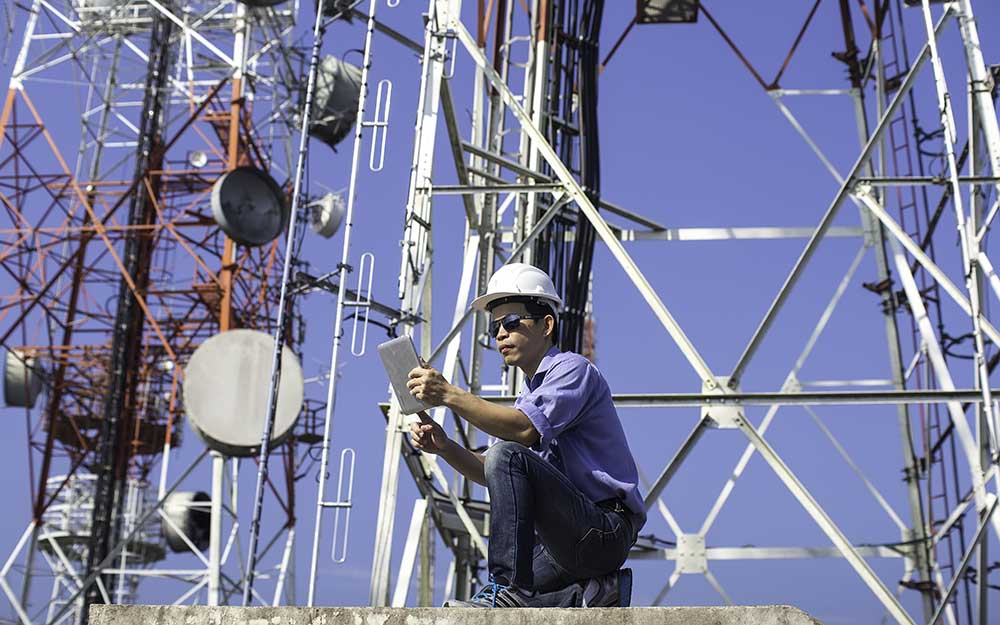Disclaimer: The information on our website is provided for general information purposes only. We make no representations or warranties of any kind, express or implied, about the completeness, accuracy, reliability, suitability or availability with respect to the website or the information contained on our website for any purpose. Any reliance on such information is therefore strictly at your own risk and we are not liable for any damages or losses arising out of or resulting from your reliance on any information contained on our website.
Telecommunication engineers are in high demand due to wireless communication access and the expectation to have instant communication across the globe. The demand doesn’t stop globally either. We also have the need to communicate with objects and astronauts in space. Advances in communication technology are made by telecommunication engineers who keep up with the latest advances and continually improve on the methods we use to communicate.
Watch a video to learn about the telecommunications industry:
How to Become a Telecommunication Engineer
To become a telecommunication engineer, you would most likely need a bachelor’s degree in engineering to get your foot in the door. There are many engineering programs out there and some colleges only offer electrical engineering where others have a focus on communications or telecommunications. Either would benefit you to become a telecommunication engineer.
Job Description of a Telecommunication Engineer

As a telecommunication engineer, you would analyze a business’s communication needs and then work to design or recommend the equipment needed to accomplish that goal. You would also need to maintain and test current communication equipment to ensure they are in working order and upgrade outdated equipment to improve communications.
Telecommunication engineers may oversee telecommunication installers and their work to ensure quality and also provide expert support as needed. If working for a client, telecommunication engineers may need to train the team of people that will be maintaining the equipment.
Telecommunication’s Engineer Career Video Transcript
Adan Rodriguez-Arroyo, Telecommunication’s Engineer at NASA: I basically design communication systems for spacecraft, the ears and mouth of a spacecraft. It allows for the ground station on Earth to send commands to the spacecraft for them to be processed and also while the spacecraft is orbiting Earth, it’s collecting all this good data that needs to be sent back to Earth. One of Adan’s projects is the communication system for the Magnetospheric Multiscale Mission, or MMS.
NASA wants to learn more about the Earth’s protective magnetic layer, also called the magnetosphere and the Sun. What I have in my hands right now, it’s the real antenna. The transmitter and receiver are connected to here, so if you need to transmit, you send your signal through here it goes through this system and it radiates through space and whatever station is in the ground, it will pick up that frequency and you could actually receive all the information that you want.
What advice do you have for kids? Science can be challenging at times. Math can be challenging at times. If you see something and you’re curious about it, just ask a question. It’s not going to hurt anybody. It will make you a better person just because you will know something that you didn’t know yesterday. To learn more about the MMS missing, go to mms.gsfc.nasa.gov (link opens in a new tab). Discover more about space at nasa.gov/audience/forstudents/ (link opens in a new tab).
Article Citations
National Center for O*NET Development. 17-2072.00. O*NET OnLine.
The career video is in the Public Domain and originally hosted on Kids.gov which is now USA.gov, an interagency product administered by USAGov, a division of the U.S. General Services Administration’s Technology Transformation Service.

